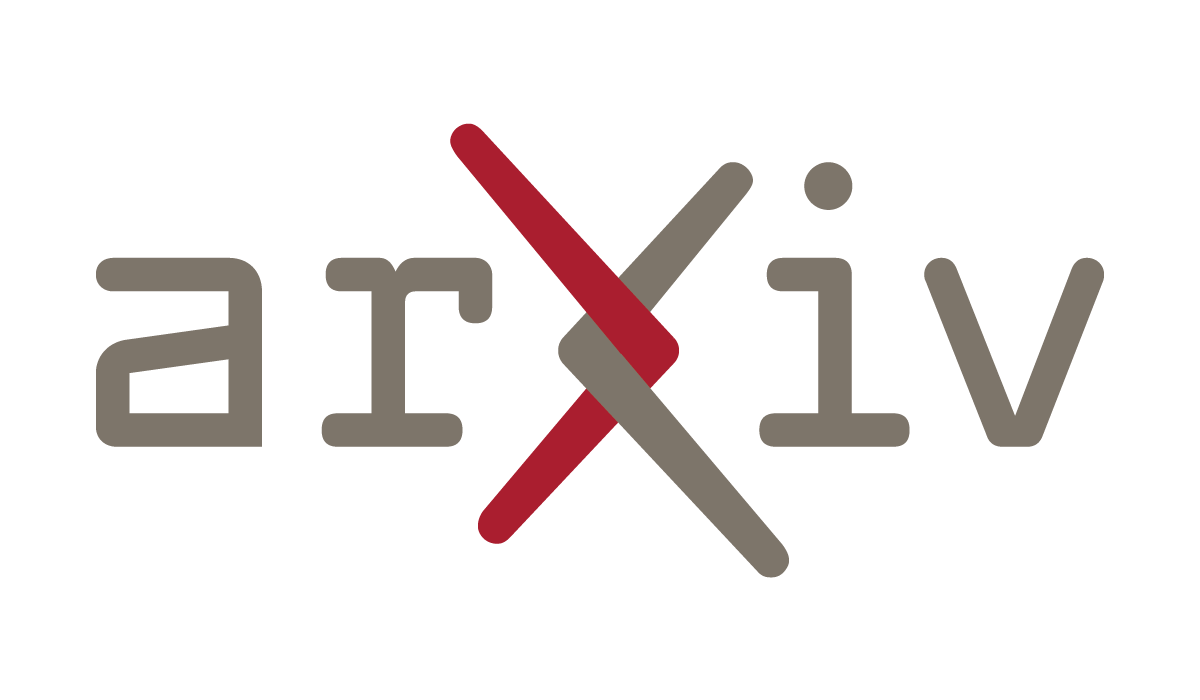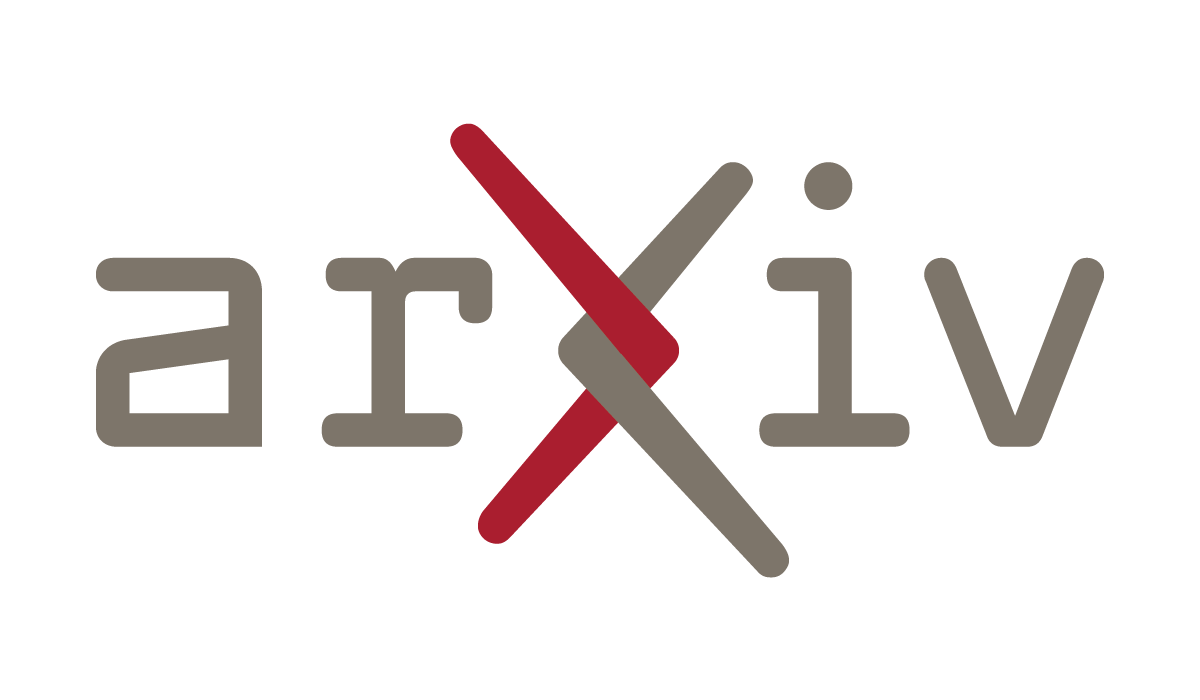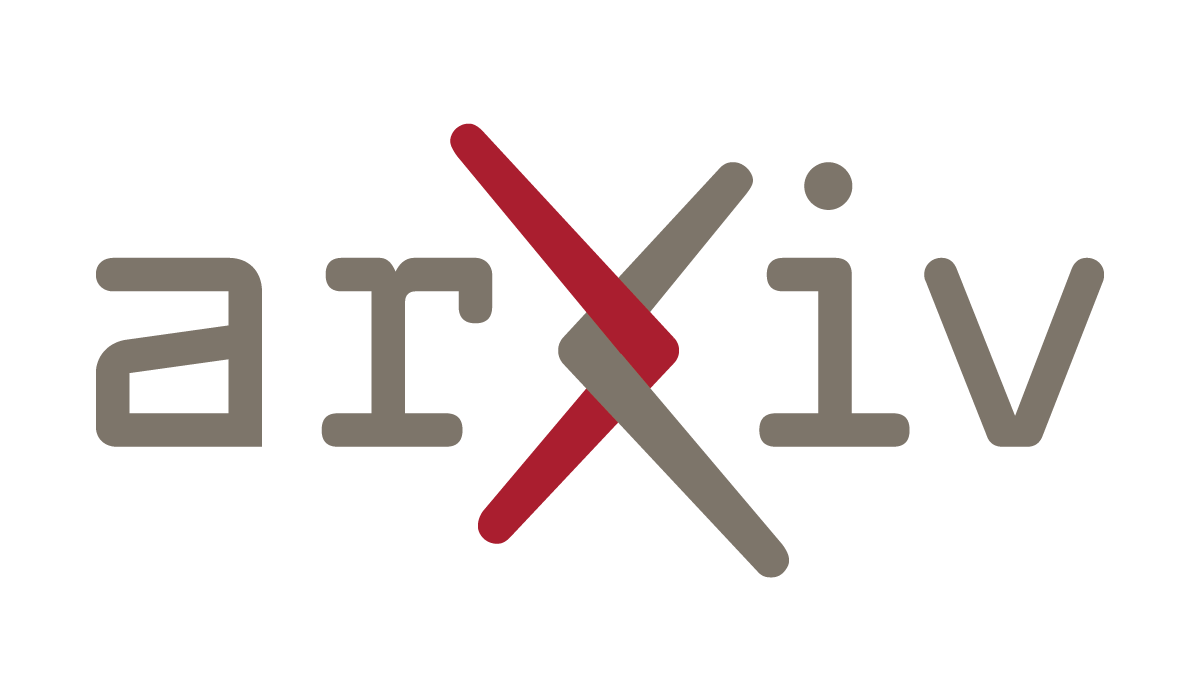2024-03-26 04:42:43
I've been reading "On Green” (https://joecarlsmith.com/2024/03/21/on-green) and its following article, “On Attunement” with some interest today. I am uninterested in the ways he is focused on “AGI”, but that might actually be part of what he's saying and missing.
They talk about the philosophy of green in the "magic the gathering" sense, which has five core modes of things, and being a game, designed to balance. It's an attractive system and not without merit as a philosophical labeling system. In short: white, moral; blue, knowledge and rationality; red, passion and desire; black, power and achievement. And green. Green is the subject they can't identify clearly.
I don't think they really understand green. (They come from a very rationalist place, and that's not a good mode to understand Green)
Green is the domain of systems thinking and of ecology. It's one of flexible boundaries and hierarchies that vanish when you look at them for long. They talk about philosophical agents and try to fit a green philosophical stance into that framework, but it misses: the very idea of a self is nebulous in a green philosophy. Yes, it obviously exists, we are all separate from each other. But also we are inseparable from each other. Green is a philosophy of relationality and multiple perspectives and ever shifting viewpoints. It's not just yin, passive, permissive, but holistic. It's not that it lets the Other in, it's that it actively is in relation with the Other. The other is the self, the self is the other.
The essays also label green as conservative, and this is not quite true. It is not about being slow or regressive or traditional, but about being whole. They can't quite see that green's willingness to accept death and pain as things that happen and also its strong preservationist stance are not opposed to each other. It seems incoherent, but it's not: death and pain are things that happen to living parts of an ecosystem. They matter, but so too does the whole matter. Where so many blue rationalists see statistical and demographic counts of deaths and "sentient beings harmed”, green sees a whole ecosystem where some of that is deeply natural. It's unnatural, ecosystem-harming deaths that are disasters in the green philosophy. Wholesale extinctions. Protracted, painful deaths, as much for the wound they cause outside the individual as the individual suffering as well. But we all come to an end, and to change that wholesale would end so many kinds of relationship, so many things.
Green revels in the illegible, the incomplete, and the connected. It's easy to be green-blind, to ignore the subtle systemic effects. So many of us want simple cause and effect, rather than action and plurality of reactions.
Green's ability to embrace the illegible lets it deal with Red chaos; its resilience tempers red passion. It can ally with White philosophies into a pastoral, conservative, moralistic framework. It ends up at odds with the rationalist Blue and the power-hungry Black, because they drive disequilibrium, but more than just transition to new stable ecologies, they drive systems permanently out of stability, destroying relationships in their path. When confronted with this, they will deny it because the objects are still there. Preserved. Catalogued. Legible and accounted for. Perhaps used instrumentally. Perhaps wrecked for some "greater purpose” but only acknowledged as objects. The relationships between things remain illegible.
2024-04-30 07:20:33
Private graph colouring with limited defectiveness
Aleksander B. G. Christiansen, Eva Rotenberg, Teresa Anna Steiner, Juliette Vlieghe
https://arxiv.org/abs/2404.18692 https://arxiv.org/pdf/2404.18692
arXiv:2404.18692v1 Announce Type: new
Abstract: Differential privacy is the gold standard in the problem of privacy preserving data analysis, which is crucial in a wide range of disciplines. Vertex colouring is one of the most fundamental questions about a graph. In this paper, we study the vertex colouring problem in the differentially private setting.
To be edge-differentially private, a colouring algorithm needs to be defective: a colouring is d-defective if a vertex can share a colour with at most d of its neighbours. Without defectiveness, the only differentially private colouring algorithm needs to assign n different colours to the n different vertices. We show the following lower bound for the defectiveness: a differentially private c-edge colouring algorithm of a graph of maximum degree {\Delta} > 0 has defectiveness at least d = {\Omega} (log n / (log c log {\Delta})).
We also present an {\epsilon}-differentially private algorithm to {\Theta} ( {\Delta} / log n 1 / {\epsilon})-colour a graph with defectiveness at most {\Theta}(log n).
2024-04-30 06:50:55
Impact of Traffic-Following on Order of Autonomous Airspace Operations
Anahita Jain, Husni R. Idris, John-Paul Clarke
https://arxiv.org/abs/2404.17627 http…
2024-04-25 14:54:33
Detroit newspaper roasts Dallas Cowboys with savage social media post ahead of 2024 NFL Draft https://www.yardbarker.com/nfl/articles/detroit_newspaper_roasts_dallas_cowboys_with_sava…
2024-02-28 08:35:59
This https://arxiv.org/abs/2402.16776 has been replaced.
initial toot: https://mastoxiv.page/@arXiv_mat…
2024-02-29 08:39:56
This https://arxiv.org/abs/2402.02905 has been replaced.
link: https://scholar.google.com/scholar?q=a
2024-02-28 08:35:59
This https://arxiv.org/abs/2402.16776 has been replaced.
initial toot: https://mastoxiv.page/@arXiv_mat…
2024-02-27 07:31:54
On the length of directed paths in digraphs
Yangyang Cheng, Peter Keevash
https://arxiv.org/abs/2402.16776 https://arxiv.org/pdf/2402…
2024-02-27 08:29:48
This https://arxiv.org/abs/2309.06116 has been replaced.
initial toot: https://mastoxiv.page/@arXiv_mat…




